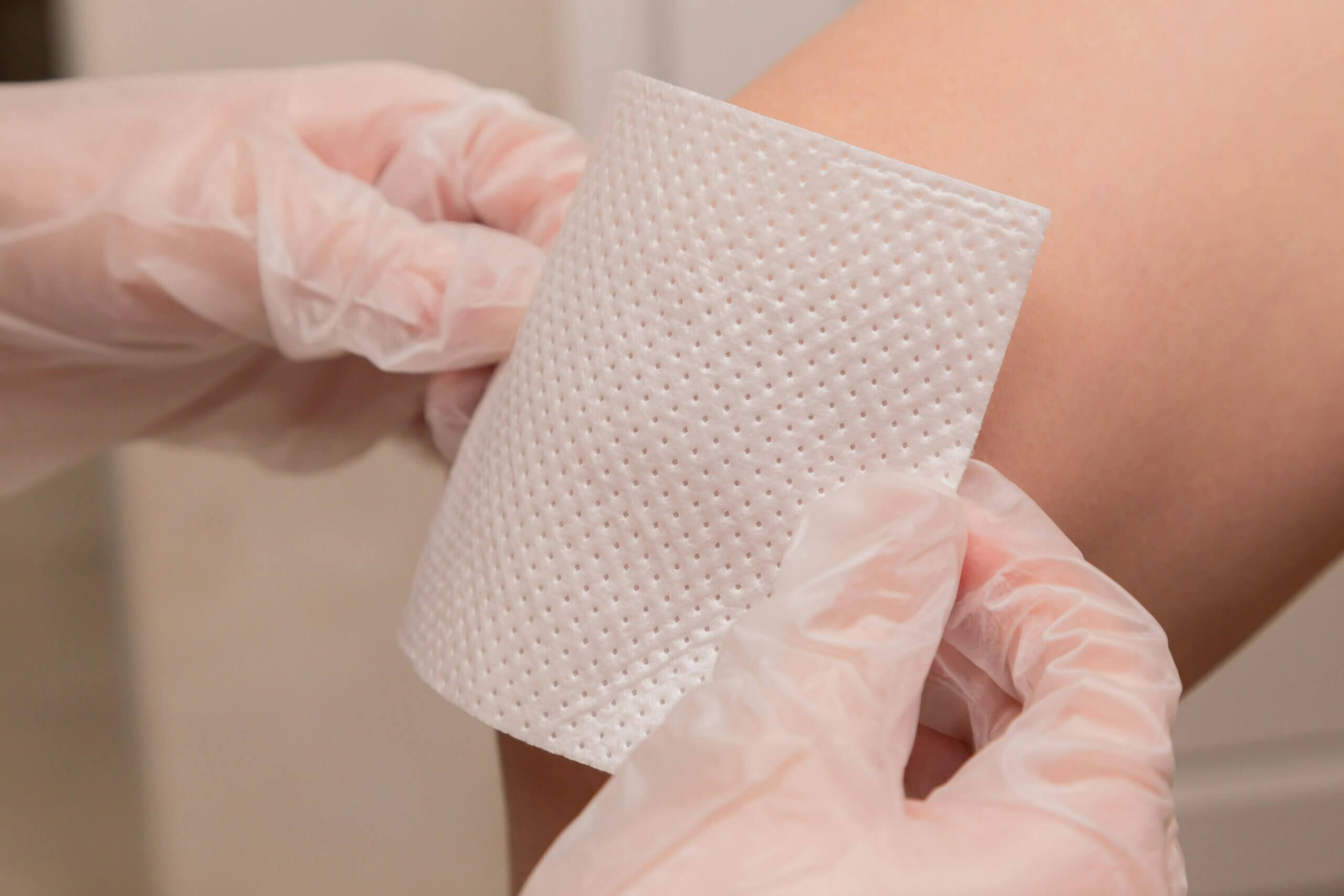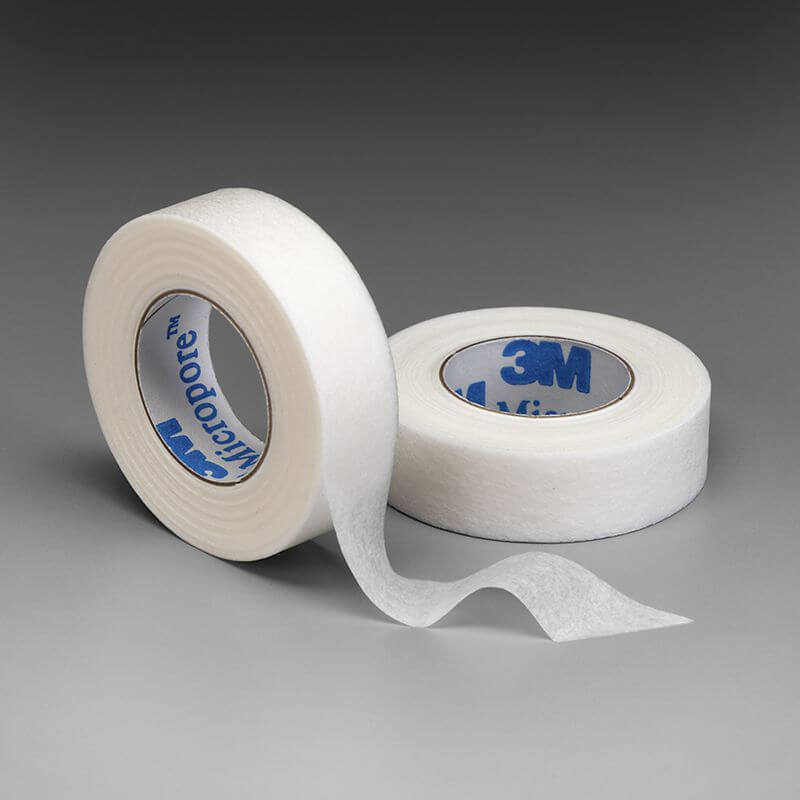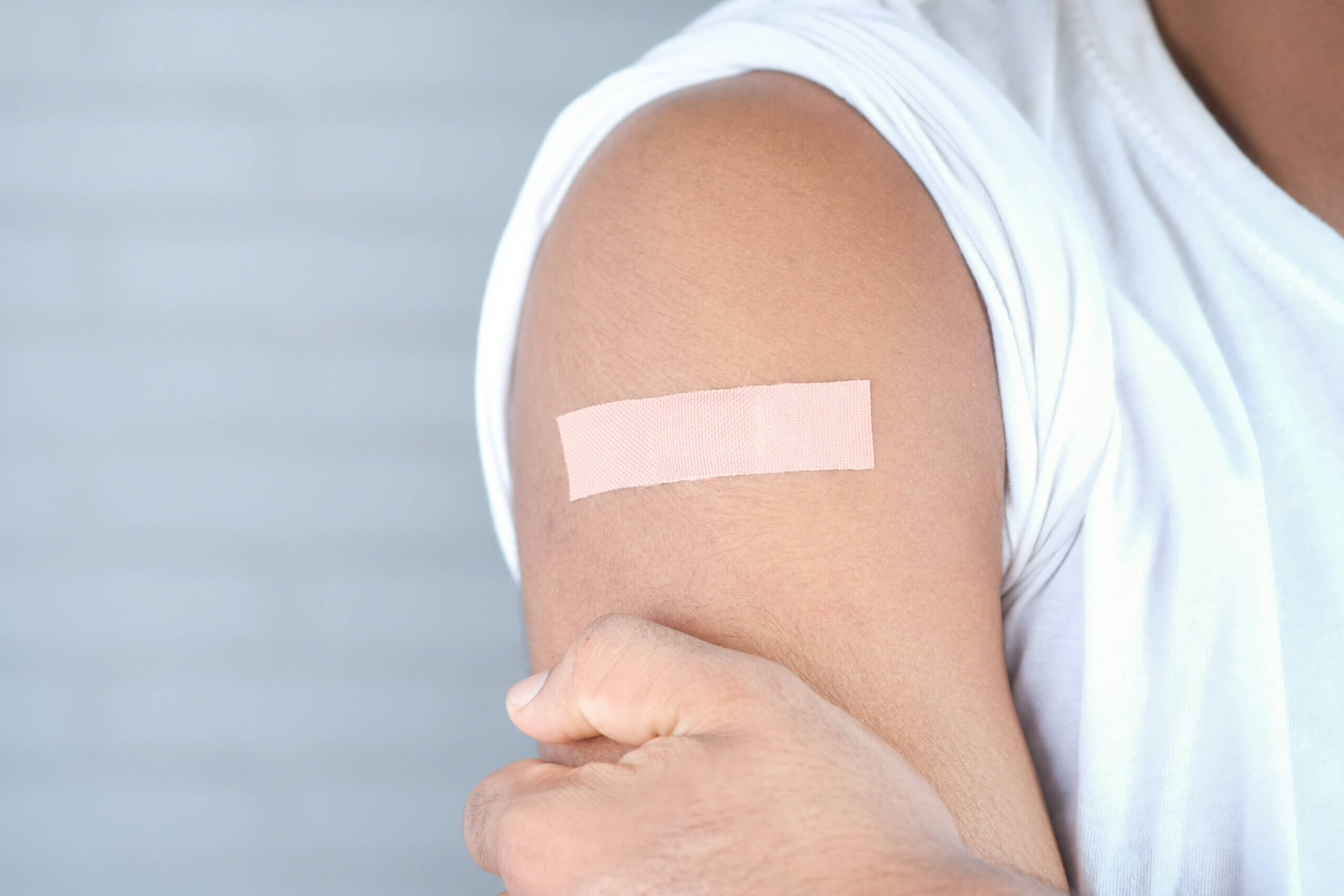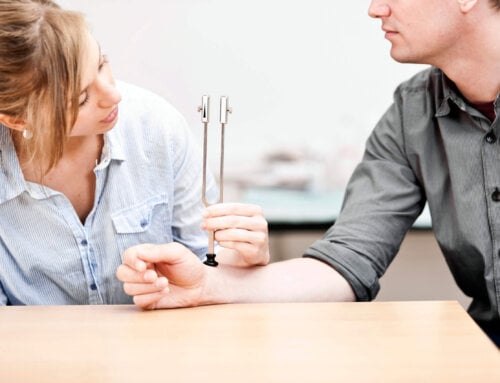Because wound care is often a necessary part of living with diabetes, it’s important that you know how to use surgical tape. Applying and removing medical tape properly can drastically improve your comfort and safety and promote faster healing. If you have any questions, we’re happy to provide personalized guidance!
Follow the Manufacturer’s Instructions
This guide will explain the basic application and removal procedures for standard, multi-purpose surgical tape. However, it’s important to note that there are many different types of specialty medical tapes on the market, and some may require that you follow specific instructions on how to apply and remove surgical tape.
Consult a Health Care Professional
Some wounds may require that you take a different approach or have your wound dressed by a health care professional. And, some wounds may require other types of dressings besides surgical tape. If you’re not 100% sure that surgical tape is the correct dressing for a wound, talk to a health care professional before proceeding.
How to Apply Surgical Tape
After checking the manufacturer’s instructions to make sure there aren’t any special techniques to follow and talking to a health care professional if necessary, you can move on to the next step.
1. Prep Your Skin
When it’s time to learn how to remove surgical tape, you’ll be glad you took the time to prep your skin before applying the tape. Trimming or shaving hair around the area will prevent avoidable pain when it’s time to remove or change the dressing. You’ll also need to clean the area with an alcohol solution or skin prep wipe. Make sure the skin is completely clean and dry before proceeding to the next step.
Apply a Barrier (If Necessary)

There are many different types of gels and liquids and dressings that can be used as a barrier between your skin and the tape, so talk to a health care professional if you’re not sure which one is right for your needs.
3. Apply the Tape
Once your skin is prepped and the barrier is in place (if required), apply the tape by pushing it firmly against the skin, applying pressure without pulling or stretching the tape. There shouldn’t be any tension.
Here are some important tips and techniques you should know as you apply the tape:
- If you’re securing a dressing in place, the tape should extend at least half of an inch past the dressing’s edges. If possible, a full inch is ideal.
- Don’t completely encircle a limb with tape.
- If swelling occurs, remove the tape and reapply it, taking care not to apply it so tightly.
- Don’t touch the adhesive, as you could weaken it.
- Make sure there are no wrinkles or gaps that could allow moisture or contaminants to enter.
How to Remove Surgical Tape
In order to prevent MARSI (Medical Adhesive-Related Skin Injuries), you must remove the medical tape properly. Again, check the manufacturer’s instructions and consult a health care professional if you’re not sure how to use surgical tape.
1. Loosen the Tape’s Edge
Start by carefully loosening the edge of the tape. If it’s stuck, you can press a small, unused piece of tape against it to create a handle.
2. Stabilize the Surrounding Skin
Place one finger at the peel line. Hold the finger firmly in place to keep the skin from moving.
3. Peel Low and Slow
“Low and slow” is the mantra to keep in mind as you learn how to remove surgical tape. Keep the tape close to the skin’s surface as you slowly and carefully pull the tape over itself in the direction of your hair’s growth. Keep using your finger to support the skin as you go.
4. Use a Medical-Grade Remover (If Necessary)
If you’re having trouble removing the tape, you may wish to lubricate it with a medical-grade adhesive remover or moisturizer.
Shop High-Quality Surgical Tape at ADW Diabetes

At ADW Diabetes, we proudly offer discount diabetes supplies so everyone can access the products they need to manage diabetes at home. Join our Diabetic Coverage® Auto-Ship Program to have your must-have supplies delivered on a set schedule. Download the ADW Diabetes App for convenient mobile shopping. Shop everyday deals on the best brands now!













Leave A Comment